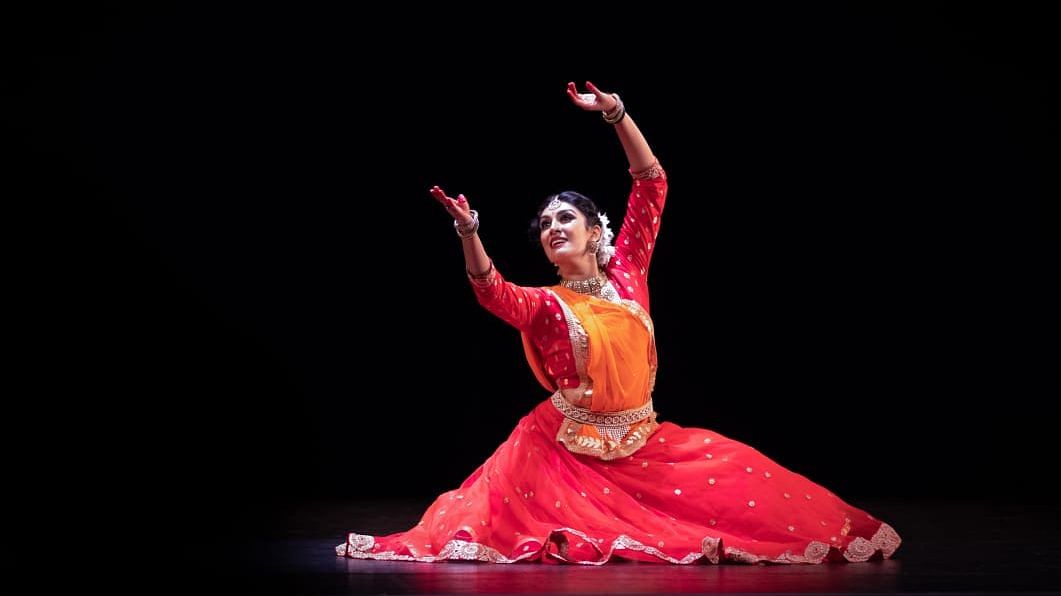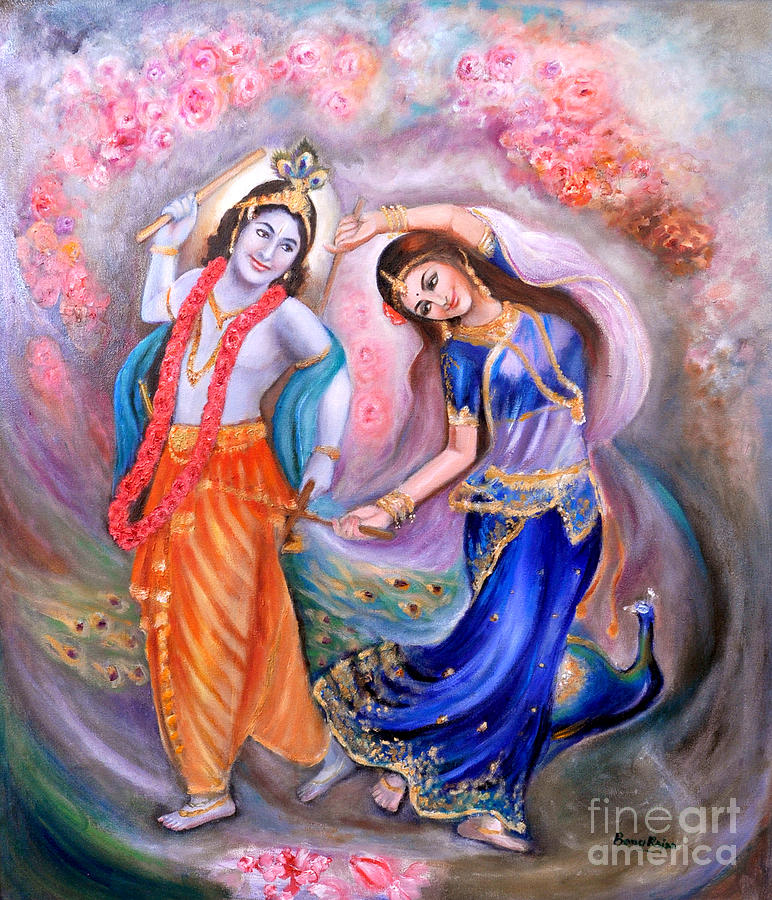In the grand tapestry of Indian culture, one may easily overlook the delicate threads that weave together the country’s ballet scene. Ballet, an art form typically associated with Western tradition, has found a captivating home in the vast and diverse landscape of India. As one delves into this captivating world, it becomes evident that Indian ballet is more than a mere imitation of its Western counterpart; it is a unique blend of tradition and modernity, evoking a rich tapestry of emotions and narratives.
To understand the essence of Indian ballet, one must grasp the significance of tradition within the Indian cultural fabric. India, a land steeped in ancient customs and rituals, has a rich history of storytelling through dance forms such as Kathak and Bharatanatyam. These classical Indian dances, with their intricate footwork, graceful movements, and expressive storytelling, serve as the foundation upon which Indian ballet has flourished.

What sets Indian ballet apart from its Western counterpart is its seamless integration of Indian classical dance forms with the Western ballet vocabulary. This amalgamation results in a style that beautifully fuses the fluidity and grace of Indian dance with the technical precision and discipline of ballet. As dancers take to the stage, their movements transcend borders, effortlessly melding the rhythmic footwork of Kathak with the ethereal arabesques of ballet. The result is a visual spectacle that mesmerizes audiences, transporting them to a realm where tradition and modernity converge.
The narratives depicted in Indian ballet are a reflection of the country’s rich mythological heritage, where gods, goddesses, and legendary figures come to life on stage. Through graceful movements and evocative expressions, dancers breathe life into ancient tales of love, valor, and spiritual awakening. Whether it is the ethereal love story of Radha and Krishna or the epic battles of the Ramayana and Mahabharata, Indian ballet captures the essence of these narratives, transcending language barriers and captivating audiences with its universal appeal.
While tradition forms the soul of Indian ballet, the art form has also embraced the winds of change and adapted to the demands of the modern world. Contemporary choreographers have taken the reins, infusing ballet with themes that resonate with the contemporary Indian experience. The ballet stage becomes a platform for expression, where dancers transcend the confines of societal expectations and explore themes of gender, identity, and social justice. It’s a rebellion that unfolds through the precise movements of a ballet dancer’s body, defying the boundaries of tradition and demanding recognition and change.

In the midst of this chaotic ballet culture, there is an undeniable beauty. It’s the beauty of dancers who defy societal norms, the beauty of an art form that defies expectations, and the beauty of a paradox that shouldn’t work but somehow does. It’s an intoxicating cocktail of chaos and elegance, tradition and rebellion, that keeps drawing audiences in, curious to witness this bewildering collision.
Indian ballet has also found resonance beyond the borders of its homeland. Across the globe, renowned ballet companies have embraced Indian influences, incorporating Indian dance styles and music into their performances. This cross-cultural exchange has not only enriched the global ballet landscape but has also opened doors for Indian ballet dancers to showcase their talents on an international stage.
Of course, it hasn’t been an easy journey. Indian ballet faces its fair share of challenges. Funding? Forget about it. Infrastructure? Good luck finding a proper dance studio that doesn’t double as a yoga retreat. And on top of all this a society that often dismisses ballet as a Western import.
But you know what? These dancers are like the Rocky Balboas of the ballet world. They train in cramped spaces, leap over hurdles, and sweat it out, all for the love of their art. Passionate individuals and dance academies tirelessly work to nurture and preserve this art form, ensuring its continuity for generations to come. The allure of Indian ballet lies in its ability to simultaneously transport audiences to the realms of ancient mythology and challenge them to confront the complexities of the contemporary world. They’re breaking stereotypes, defying expectations, and showing the world that ballet isn’t just for pale, waif-like ballerinas in tulle skirts.
To witness an Indian ballet performance is to embark on a sensory journey, where the captivating music, vibrant costumes, and enchanting choreography comes together to create an unforgettable experience. It is a celebration of India’s cultural heritage, a testament to the power of artistic expression, and a reminder of the universality of human emotions. In the world of Indian ballet, tradition and modernity dance hand in hand, creating a unique artistic expression that transcends boundaries and captivates.
Sumaiya Shakil is a student pursuing English Literature from Jamia Millia Islamia.
Edited by: Ambrisha Zubeen






GIPHY App Key not set. Please check settings